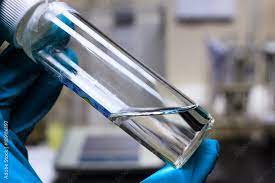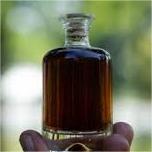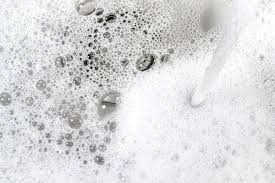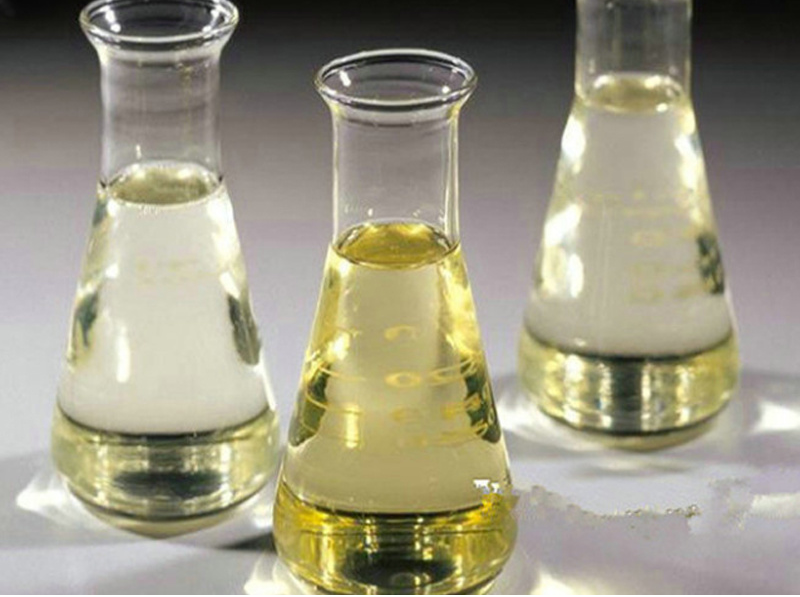**Surfactant Secrets: Can You Really Tame 3D Printing Resin?**
(Can You Put Surfactant In 3d Printing Resin)
So you’re deep into resin 3D printing. You love the insane detail. You hate the sticky mess. Cleaning parts is a chore. IPA baths, ultrasonic cleaners, endless scrubbing… it gets old. Then you hear whispers. People talking about adding a magic ingredient to their resin: surfactant. Sounds fancy. But can you actually put surfactant in your 3D printing resin? Is it safe? Does it work? Let’s cut through the hype and get the real dirt.
**1. What is a Surfactant? (The Chemistry Shortcut)**
Think about washing greasy dishes. Water alone beads up. Add dish soap. Suddenly, the water spreads out. It grabs the grease. It rinses clean. That dish soap contains surfactants. The word “surfactant” is short for “surface-active agent.” These molecules are clever. One end loves water. The other end hates water. Instead, it loves oil and grease.
When you mix surfactant into water, those molecules arrange themselves. They position the water-loving end towards the water. The oil-loving end points away. This breaks the water’s surface tension. It lets the water wet surfaces better. More importantly, it lets the water surround and trap grease or oil particles. The grease gets emulsified. It gets suspended in the water. Then it rinses away. This same basic principle applies to resin printing. Uncured resin is sticky. It’s oily. Water struggles to remove it. Surfactant helps bridge the gap.
**2. Why Add Surfactant to Resin? (The Battle Against Stickiness)**
Resin printing creates amazing parts. Removing those parts from the build plate? Cleaning uncured resin off them? That’s the messy reality. Uncured resin is notoriously difficult to clean off prints completely. It clings. Traditional cleaning uses solvents like isopropyl alcohol. IPA works well. But IPA is flammable. It evaporates fast. It can be expensive. It needs careful handling and disposal. Sometimes, even IPA leaves a slight oily residue. This residue can interfere with post-curing. It can cause surface tackiness even after curing. It might prevent paint from sticking properly.
Adding a small amount of surfactant directly to the liquid resin *before* printing aims to change this. The idea is simple. Make the uncured resin itself less sticky. Make it easier to detach from the build plate. Make it wash off the printed part much faster. Use less cleaning solvent. Get cleaner prints right out of the wash. This sounds like a dream. Less IPA use. Faster cleaning times. Cleaner prints. Potential cost savings. Reduced chemical handling. Who wouldn’t want that?
**3. How to Add Surfactant to Resin (Safely & Effectively)**
Hold on. Don’t just dump dish soap into your expensive resin bottle. This needs care. Not all surfactants are equal. Using the wrong type can ruin your resin. It can prevent it from curing properly. It might make prints brittle. It could clog your printer’s filter. It might even damage the resin vat or FEP film.
* **Choose Wisely:** Forget household cleaners. You need a surfactant compatible with photopolymer resins. Look for products specifically designed for 3D printing. Common types used successfully include non-ionic surfactants like certain modified silicones or specific ethoxylated compounds. Popular commercial options include products like “Resinaway Additive” or “Siraya Tech Blu.” These are formulated to play nice with resin chemistry.
* **Less is More:** This is critical. Surfactant dosage is tiny. We’re talking drops per liter of resin. A common starting point is 0.1% to 0.5% by weight. For a 1kg bottle, that’s 1 to 5 grams. Use a precise scale. Eyeballing it leads to disaster. Too much surfactant is the biggest mistake. It drastically reduces resin cure performance. Prints become weak. They might not form properly at all.
* **Mix Thoroughly:** Add the measured surfactant to your resin bottle. Seal it tightly. Shake it vigorously. Shake it for several minutes. You need the surfactant completely dispersed. Any clumps will cause problems. Let the mixture sit for a few hours. Shake it again before printing. This ensures even distribution.
* **Test First:** Never pour modified resin into your printer vat without testing. Print a small calibration part. See how it looks. Check the surface quality. Feel the strength. Does it clean easier? Does the resin still cure properly? Adjust the surfactant amount based on your test results. Start low. Increase only if needed.
* **Safety First:** Resin is toxic. Wear nitrile gloves. Wear safety glasses. Work in a well-ventilated area. Adding surfactant doesn’t change the resin’s inherent hazards. Handle it with the same care.
**4. Surfactant Applications: Where It Shines (And Where It Doesn’t)**
Adding surfactant isn’t a universal fix. It shines in specific scenarios:
* **Tough Resins:** These resins are known for strength. They are also notoriously sticky and hard to clean. Surfactant makes a huge difference here. Prints release easier. Cleaning is much faster. Less IPA is needed.
* **Flexible Resins:** Flexible resins are great for bendy parts. They are a nightmare to clean. They absorb IPA. They stay sticky. Surfactant helps significantly reduce cleaning time and solvent use.
* **Water Washable Resins:** These resins promise cleaning with water. Sometimes water alone isn’t enough. Adding a tiny bit of compatible surfactant boosts the water’s cleaning power. Prints come out cleaner. Less scrubbing is needed.
* **Reducing IPA Consumption:** This is a major driver. IPA costs money. Disposing of it costs money. Surfactant helps you use far less IPA per print. This saves cash. It’s better for the environment.
* **Easier Support Removal:** Sticky resin makes supports fuse to the model. Surfactant-treated resin often lets supports pop off cleaner. Less model damage occurs.
Where it might not help much:
* **Standard Resins:** These resins are usually easier to clean. The benefit of adding surfactant might be small. It might not be worth the effort.
* **Specialty Resins:** Be very careful with castable, dental, or high-temperature resins. Adding anything can alter critical properties. Consult the resin manufacturer first. Probably best to avoid surfactant here.
* **Speed Over Quality:** If your main goal is super fast print times, surfactant might not be the priority. Dialing in exposure settings matters more.
**5. Surfactant FAQs: Your Burning Questions Answered**
* **Q: Will surfactant make my resin cloudy?**
* A: Maybe. Some surfactants can cause slight cloudiness, especially if slightly overused. This is usually cosmetic. It often doesn’t affect part strength. Proper mixing helps minimize this. Test your mix.
* **Q: Does surfactant weaken my prints?**
* A: It can, if you use too much. Excess surfactant interferes with the photo-polymerization. It prevents the resin chains from linking properly. This leads to brittle, weak parts. This is why precise dosing is non-negotiable. Stick to recommended low percentages.
* **Q: Can I use dish soap?**
* A: Strongly not recommended. Dish soap contains many additives. Perfumes, dyes, thickeners. These will almost certainly ruin your resin. They prevent curing. They might damage your printer. Use only surfactants designed for 3D printing resins.
* **Q: How much surfactant should I really use?**
* A: Start low. Seriously low. 0.1% by weight is a safe starting point. Print a test. If cleaning is easier and the part looks/feels strong, stop there. Only increase incrementally (0.05% steps) if needed. Most users find 0.1% to 0.3% sufficient. Going over 0.5% is risky.
* **Q: Can I add surfactant to resin already in the vat?**
* A: Technically possible, but messy and inaccurate. You’d need to remove the resin. Measure the exact amount. Add the precise surfactant dose. Mix it extremely well. Pour it back. It’s far easier and safer to mix it in a sealed bottle first.
* **Q: Does it affect the FEP film?**
(Can You Put Surfactant In 3d Printing Resin)
* A: Properly diluted, compatible surfactants shouldn’t harm the FEP. Using too much surfactant might increase surface tension weirdly. It could potentially lead to more suction force. Stick to recommended doses.
Inquiry us
if you want to want to know more, please feel free to contact us. (nanotrun@yahoo.com)




